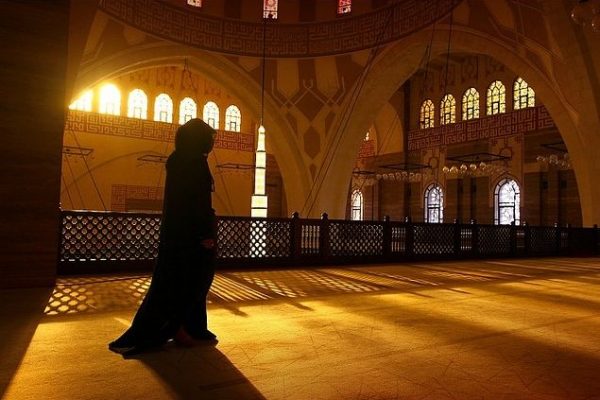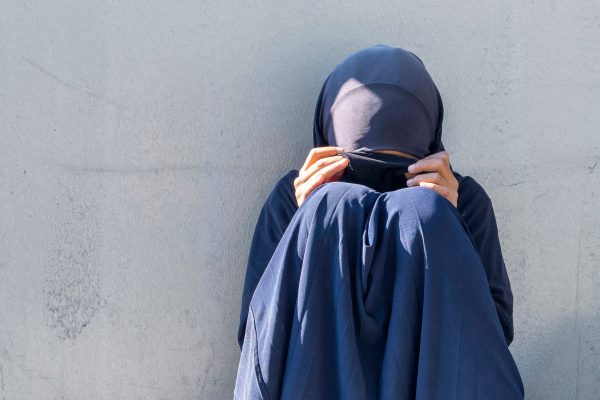The current political climate has pushed the Muslim community further into the margins of society
The current political climate has pushed the Muslim community further into the margins of society
This article was originally published here. All content belongs to the original creator.
Back in 2018, when I was a teacher trainee at a school in New Delhi, the headmistress interrupted my class with more than 40 children to ask whether I thought “this” should be allowed in school, repeating the hackneyed notion that “religion should not come into profession”. I was asked to stop wearing my headscarf in school.
By 2018, Muslims had already been pushed further towards the margins in India, so this incident wasn’t particularly surprising. But as we step into 2023, being harassed for wearing the hijab has become a daily reality for many Muslim women under Prime Minister Narendra Modi’s Hindu nationalist government.
According to a recent report from the People’s Union for Civil Liberties, more than 1,000 Muslim girls in Karnataka have left college amid a systematic campaign to isolate hijabi women from educational institutions. Hindutva organisations have carried out a vicious campaign against students wearing hijabs, fuelled by government and police inaction. Karnataka’s ban on hijabs in educational institutions was upheld last year by the state’s high court, thus denying these women the right to an education.
The so-called hijab row is a part of a larger design by the ruling BJP to push the Muslim community further into the margins of society and to establish Hindu supremacy, where Muslims are shown “their place”. This is a systematic attack on the right to education for Muslim women, exacerbating our Otherisation and stymying our chances for upward mobility.
We are regularly reminded of the challenges inherent in being a hijabi woman in Modi’s India. It requires navigating a difficult landscape of prejudice, discrimination, and escalating religious tensions, in a society where diversity is celebrated as a defining characteristic of its heritage. Hijabi women, including myself, must negotiate a culture that frequently views us as second-class citizens, less deserving of respect and dignity, amid the growth of Hindu nationalism and the current political atmosphere.
From being denied employment opportunities to facing verbal and physical abuse on the streets, the reality of being a hijabi woman in India today is far from the inclusive and tolerant society promised by the government. With the rise of Hindu nationalism, hijabi women increasingly face the burden of representing their faith, often having to defend their right to wear the hijab in the face of hostile public opinion and government policies that undermine religious freedom.
Workplace Discrimination
One of the most common forms of discrimination faced by hijabi women in India occurs in the workplace. A recent study from Led By Foundation sheds light on the intrinsic biases against Muslim women in terms of employment opportunities, noting that for every two callbacks a Hindu applicant gets, a Muslim with an equivalent resume gets just one.
In addition, many hijabi women are denied employment opportunities or subjected to unequal treatment in the workplace because of their hijab. One recent example is the case of Ghazala Ahmad, a young hijabi journalist who was denied a job at a media channel. Despite her qualifications and experience, the recruiters reportedly told her that she would not get the job if she did not remove her headscarf.
Hijabi women in India are also subjected to verbal abuse and physical violence in public spaces. Many share stories of being subjected to insults, taunts and mental abuse simply for wearing the hijab. One lecturer at a college in Tumakuru district quit her job last year after being told by college authorities to remove her hijab. This trend is likely to result in high unemployment rates among hijabi women, further marginalising us.





